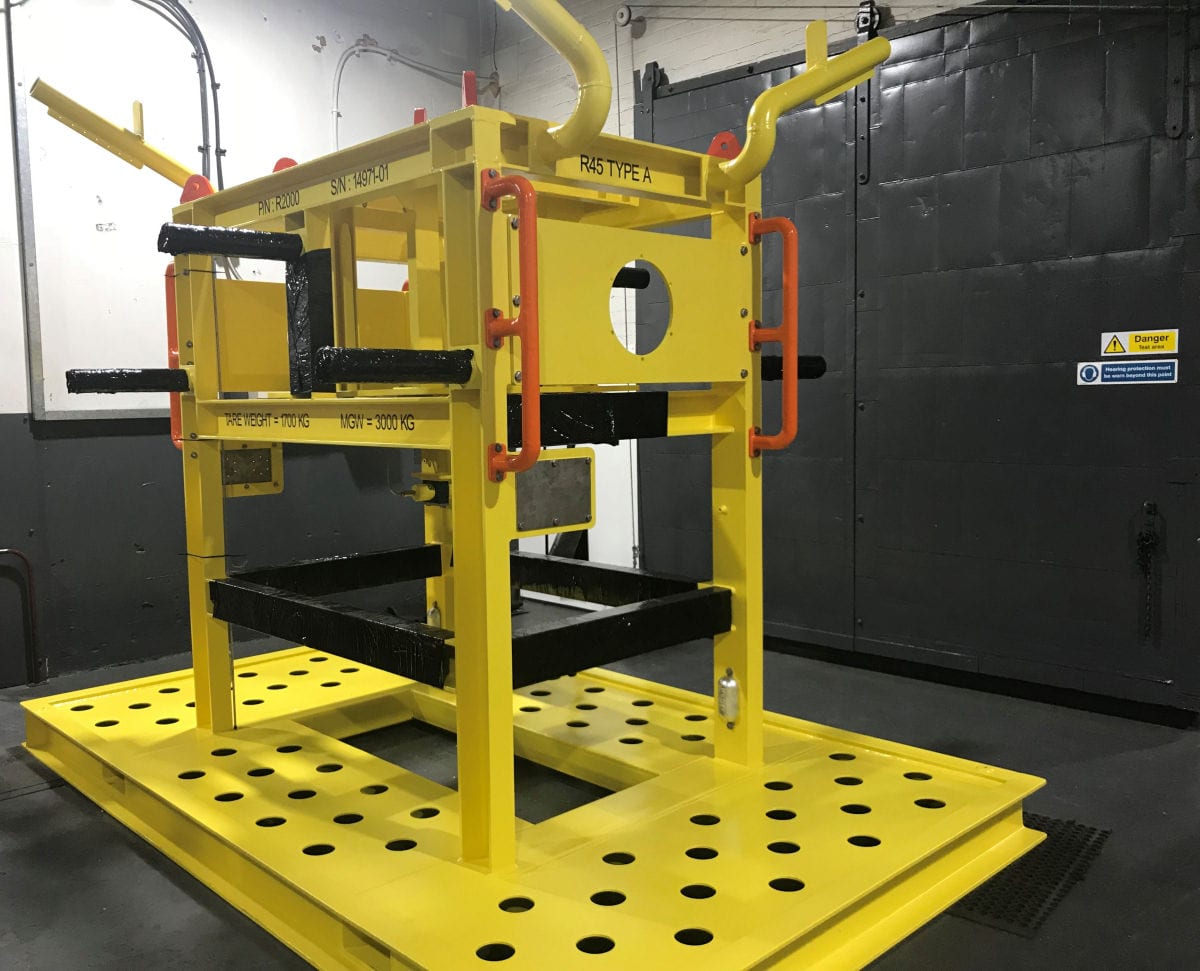Case Studies
Home | Case Studies |Bespoke Subsea Deployment Frame
CASE STUDY 2:
Bespoke Subsea Deployment Frame
Project Specification
This brief presented an ambitious design challenge to the engineering team at HCS, but one that we would eventually overcome. The client required the deployment frame to be fixed on the seabed. However, in the event of a situation requiring emergency release, the client did not wish to cut the main umbilical hose nor have to retrieve the entire deployment frame structure. Therefore, our engineering team was tasked to deliver a project result that met the clients’ expectations.
Our Delivery
The design solution was to engineer two interlocking frames.
This included:
- A primary frame intended to pin to the seabed for the duration of the project permanently.
- A secondary breakaway plate structure, which could easily be disconnected and retrieved in an emergency.
Guidepins projecting from the primary frame base plate, ensured the perfect alignment of the two interlocking structures. Two hydraulic cylinders locked both frames in an ideal position.
Secondary sacrificial hose points were also engineered into the design to enable separation without cutting the main flying lead. A hydraulic cutter helped a quick disconnect.

The Result
This subsea deployment frame was designed and entirely manufactured in ten weeks. The frame fully complied with client specifications. The client acknowledged our innovative approach to be a simple yet efficient solution to their industry problem.
Key elements of the project specification included:
- To accommodate electrical and hydraulic flying leads.
- Water depth 1,000m.
- DNV GL-ST-E273 – R45 Type A.
- Seabed analysis before mudmat design.
- 2-piece design to be mechanically locked.
- Hydraulic guillotine to be incorporated.
- Anodes to provide corrosion resistance.
